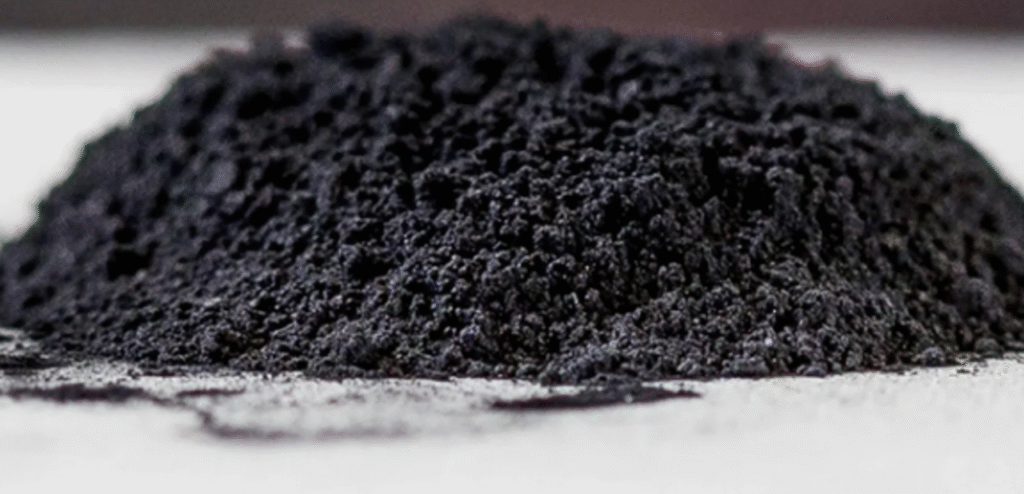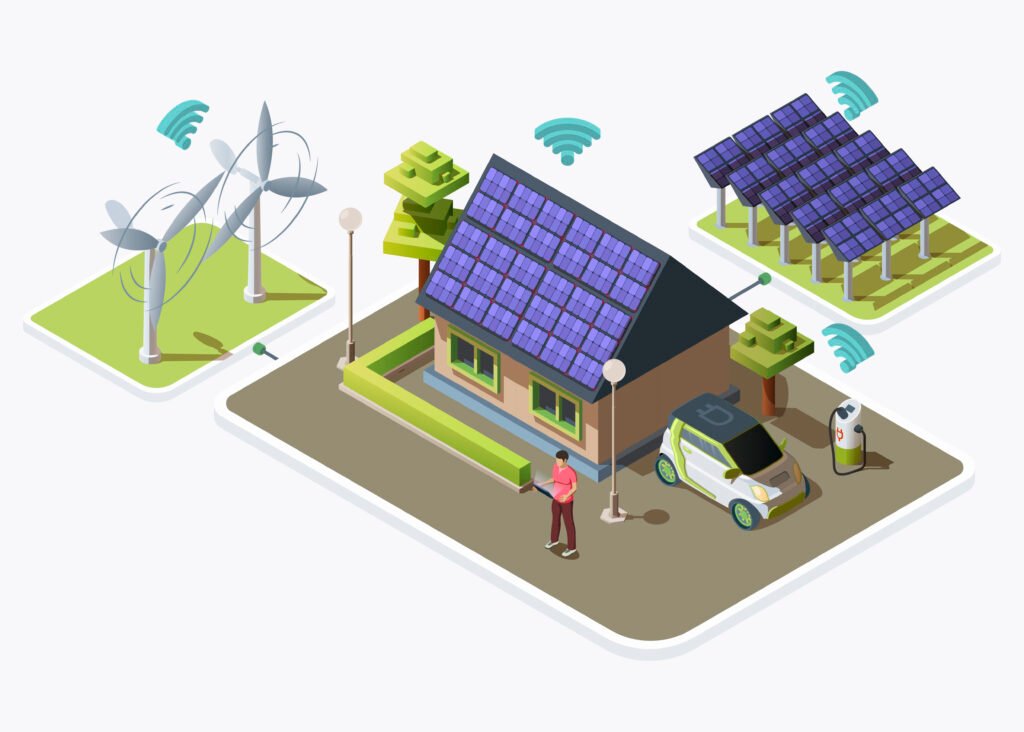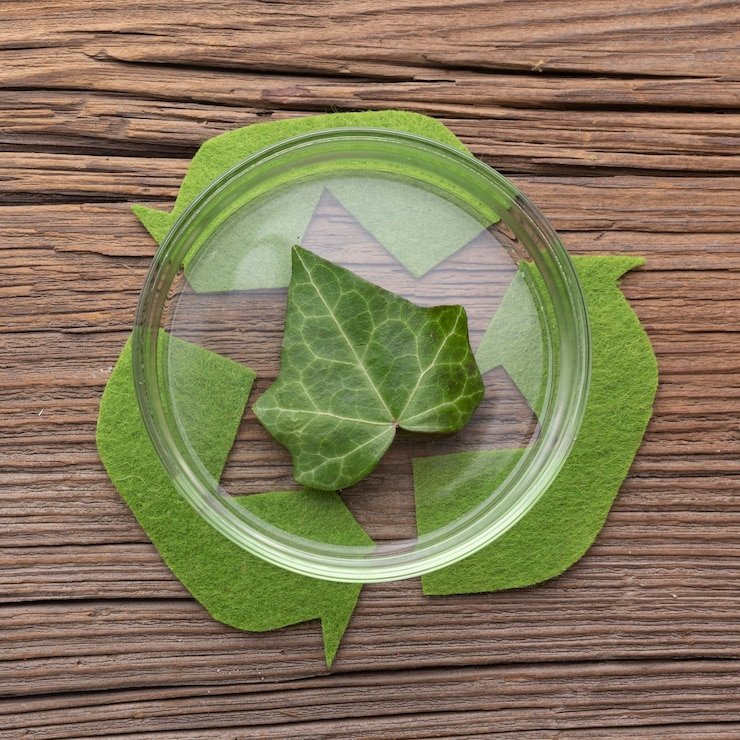Batteries are an essential part of our lives as a portable energy supply. When batteries reach their end of life—typically after 5-15 years—they do not become completely useless. Most lithium-ion batteries still retain 70-80% of their original capacity. They are not fit for their original purpose but these batteries still hold significant residual value.
The first destination for large end-of-life batteries is often a second life in stationary energy storage systems (ESS). These systems help stabilise electricity grids, store renewable energy, and provide backup power for buildings or industrial sites. ESS may extend their use by another 5-10 years.

When batteries can no longer be reused, they enter the recycling process. The first step involves discharging, dismantling, and shredding the cells to produce a dark, granular powder known as black mass. This material is rich in cobalt, nickel, lithium, and manganese—the very same critical raw materials used to make new batteries. Once regarded as hazardous waste, black mass is now emerging as one of the most valuable resources in the global energy transition.
Recovering these metals from black mass can be carried out by different technological routes. Pyrometallurgical processes—e.g. smelting—have long been used to recover cobalt and nickel, but they consume high amounts of energy. Hydrometallurgical processes, by contrast, use chemical leaching and solvent extraction to selectively separate and purify the metals. These hydrometallurgical processes are achieving recovery rates above ninety per cent and are increasingly favoured. Hybrid approaches combine the strengths of both methods.
The rise of black mass recycling is driven by important market forces. Environmental regulations make it illegal in most jurisdictions to landfill lithium-ion batteries because of their toxicity and fire risk. Meanwhile, governments and industries are under growing pressure to secure critical raw materials and reduce dependence on mining. In the European Union, the new EU Battery Regulation mandates minimum levels of recycled content in new batteries by 2031. In the United States, the Inflation Reduction Act (IRA) encourages domestic sourcing and recycled content to qualify for tax incentives. Together, these policies are creating a structural pull toward battery circularity.
The global black mass recycling market is expected to grow at an annual rate of 13–15% through 2035. Asia —particularly China, Korea, and Japan—currently leads in installed capacity and process maturity. However, Europe and North America are rapidly scaling up as new gigafactories, recycling facilities, and policy frameworks come online.
MM Markets (mm-markets.com) is tracking developments in battery recycling, and we are able to help you navigate the market!



